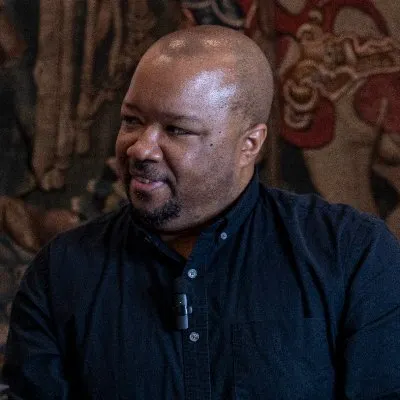When Sam Altman announced the launch of GPTs at OpenAI’s inaugural DevDay event, it sent shockwaves through the developer space. Now, using ChatGPT’s most powerful AI model, anyone can build a clone inside ChatGPT in minutes.
GPTs are Generative Pre-trained Transformers, of which ChatGPT is one, but the platform now allows anyone to build their own. Introduced with OpenAI’s GPT-4, subscribers to ChatGPT Plus can create GPTs as a part of their monthly plan. However, GPTs are still rolling out, so some paid users may still not have access as of writing.
In this article, we will show you how to create a GPT of your own, and demonstrate what it can do.
Finding GPTs
After logging into ChatGPT, at the top left corner is the “Explore” option. At the top of the page is the “Create a GPT” option.
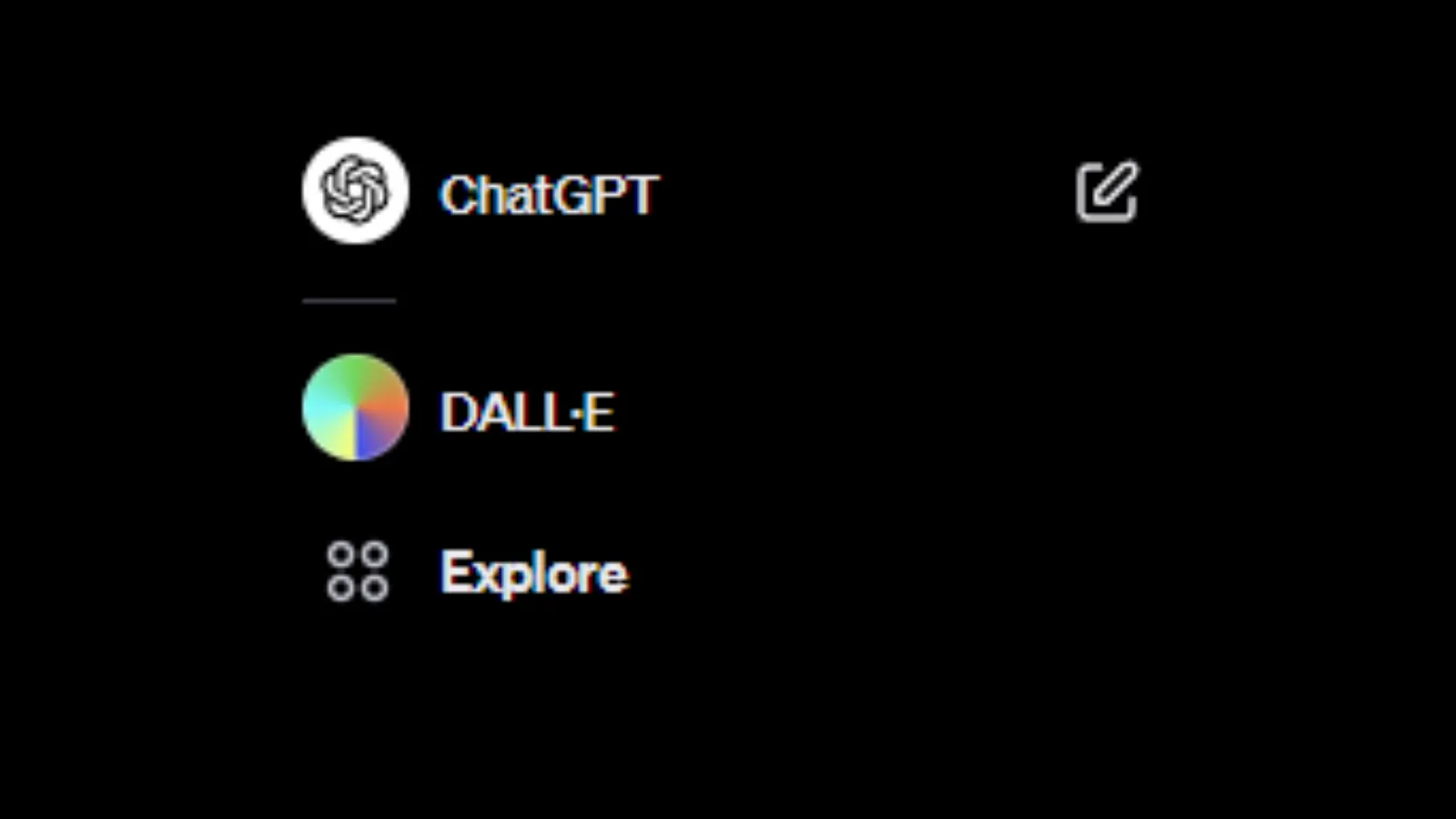
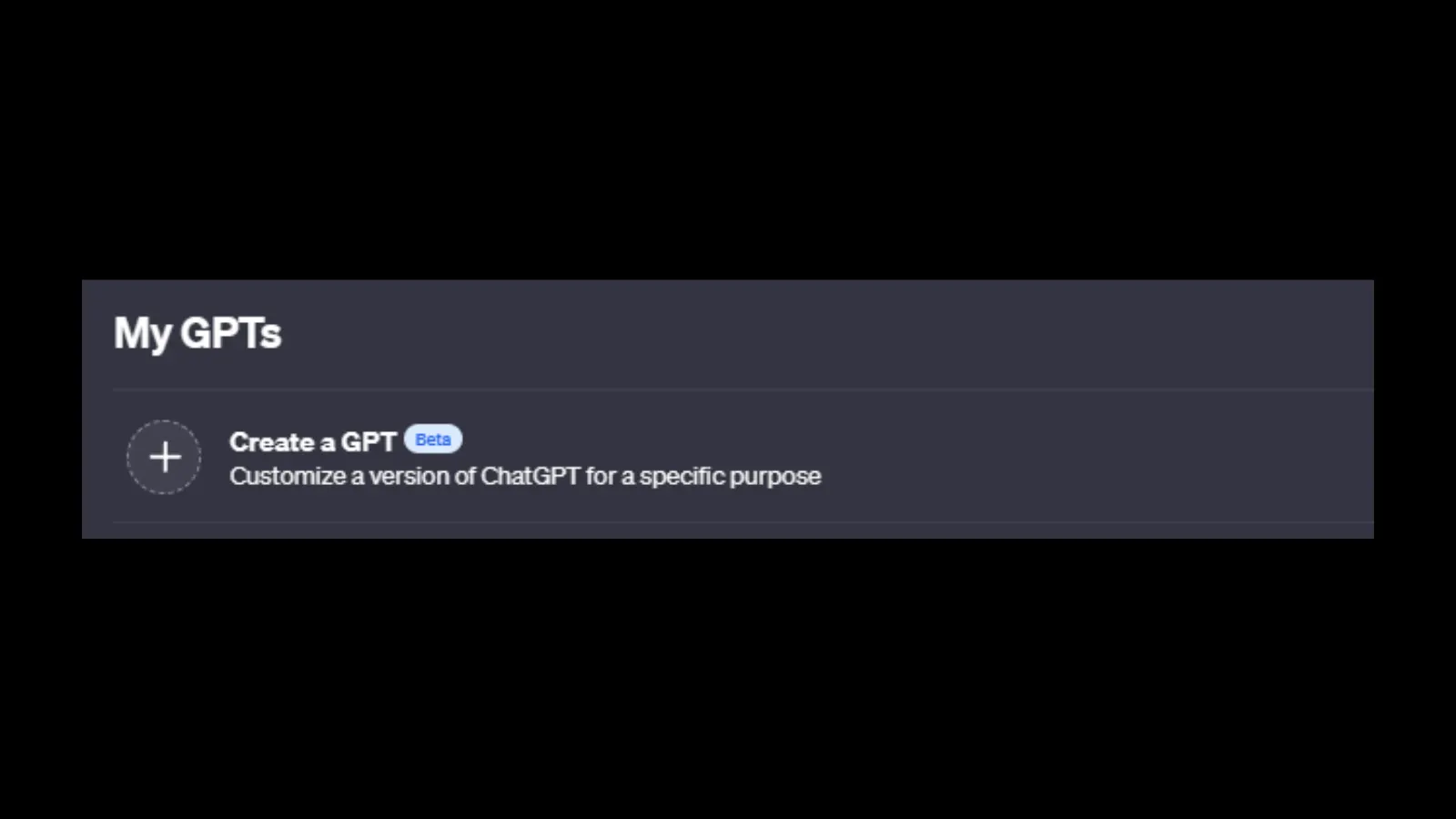
Below is a list of GPTs already created by OpenAI that you can experiment with.
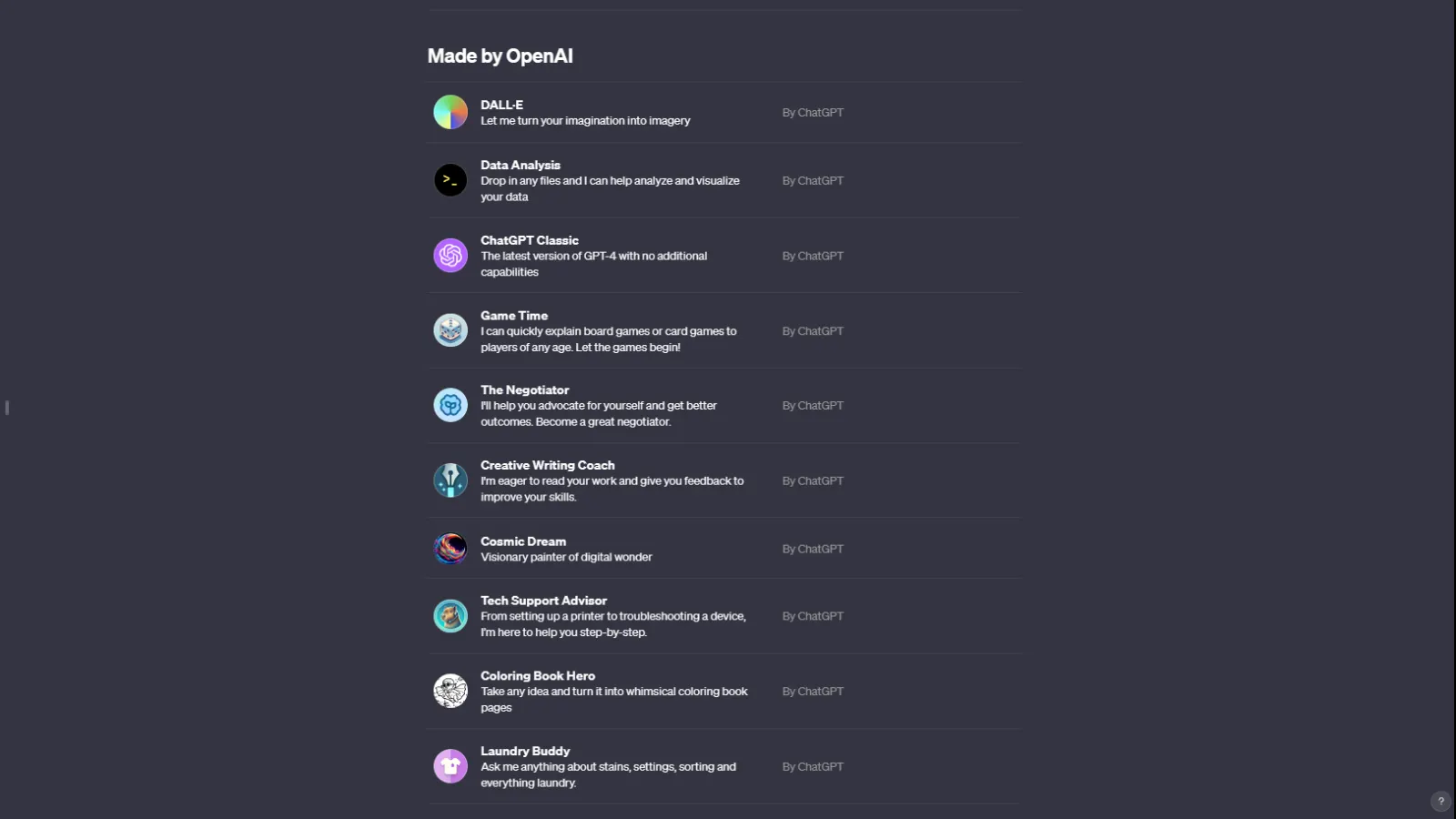
After selecting “Create a GPT,” the Create and Configure screen will appear. From here, ChatGPT will ask questions to flush out your new chatbot. The most important question you’ll answer in this lesson is what type of chatbot you want to make.
“Hi! I'll help you build a new GPT,” ChatGPT will say. “What would you like to make?”

For this example, we asked ChatGPT to create a digital familiar—a spirit usually embodied in an animal and held to attend and serve or guard a person—to help with complex esoteric and occult topics. While a furry kitten would be ideal, since we’re dealing with AI, we’re getting a chatbot instead.
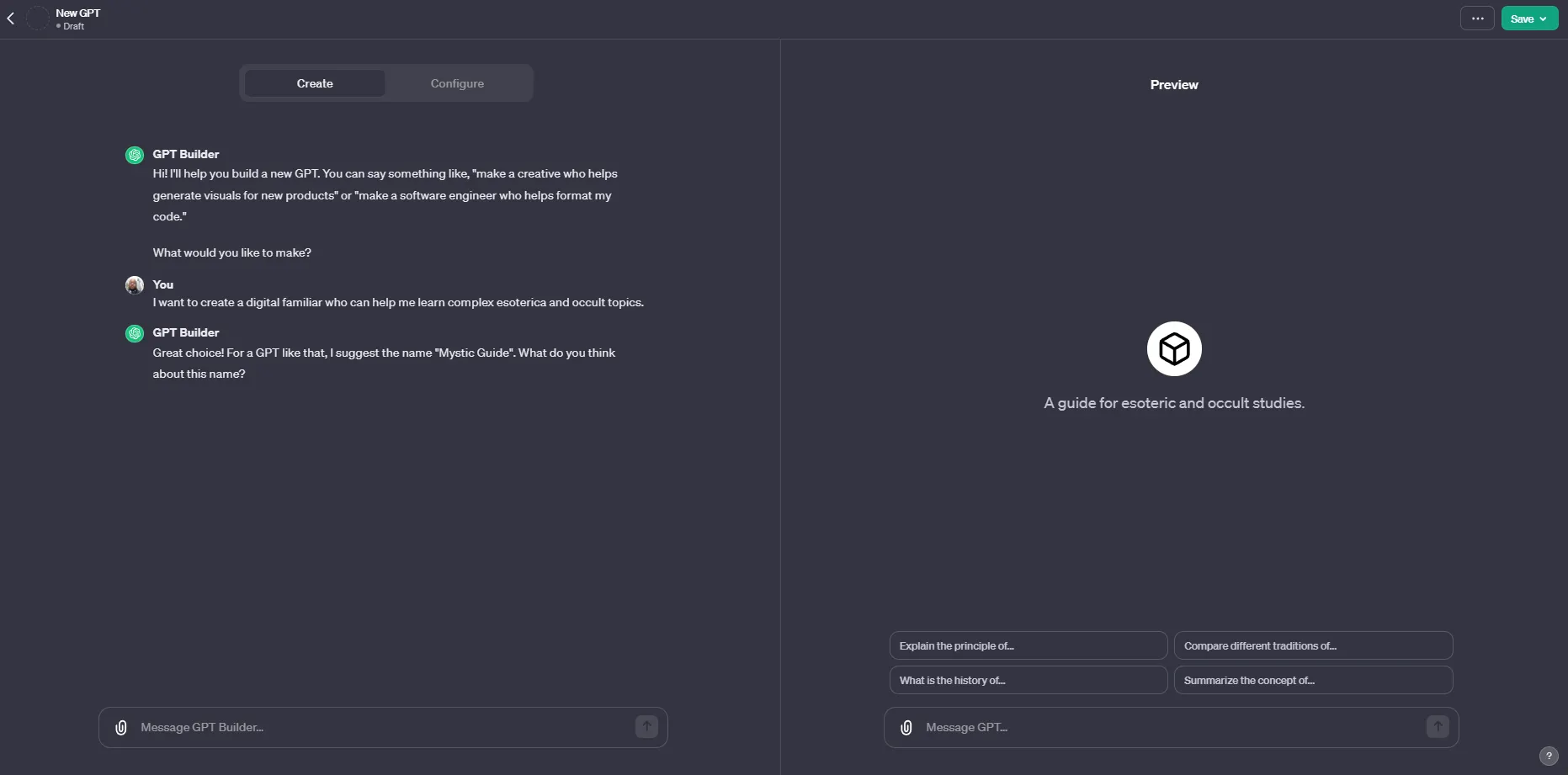
The next step will be giving your new chatbot a name. ChatGPT will suggest a name based on your first input, but you can select a name or change it later in the configuration settings. For this example, we named our chatbot Mr. Crowley after the founder of Thelema and the subject of a heavy metal song by Ozzy Osbourne, Aleister Crowley.
As you respond to ChatGPT with your prompts, the chatbot will take shape in the preview pane to the right.
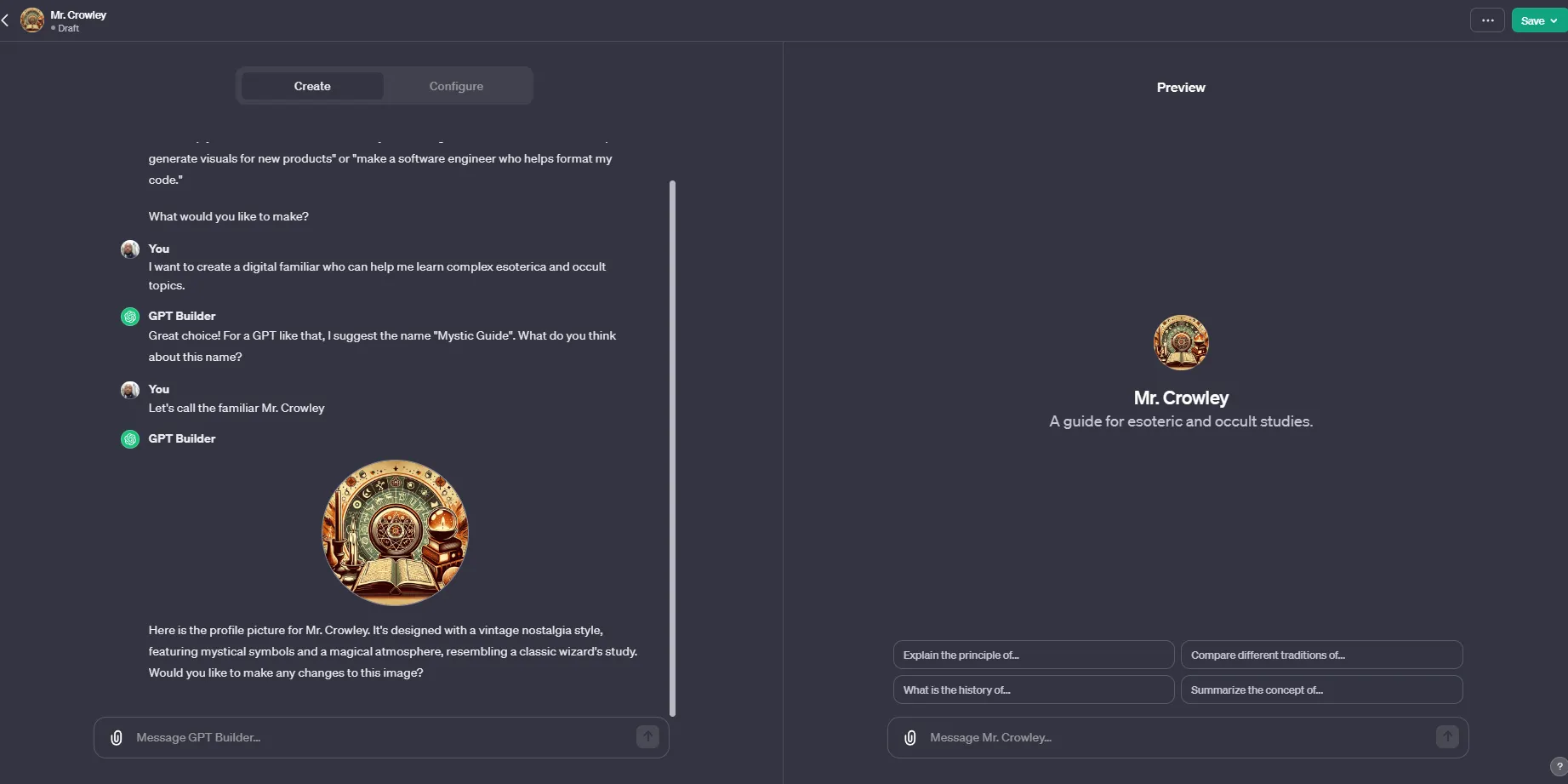
ChatGPT will use its DALL-E 3 integration to create a profile picture for the new GPT, but as with the name, users can also change this image.
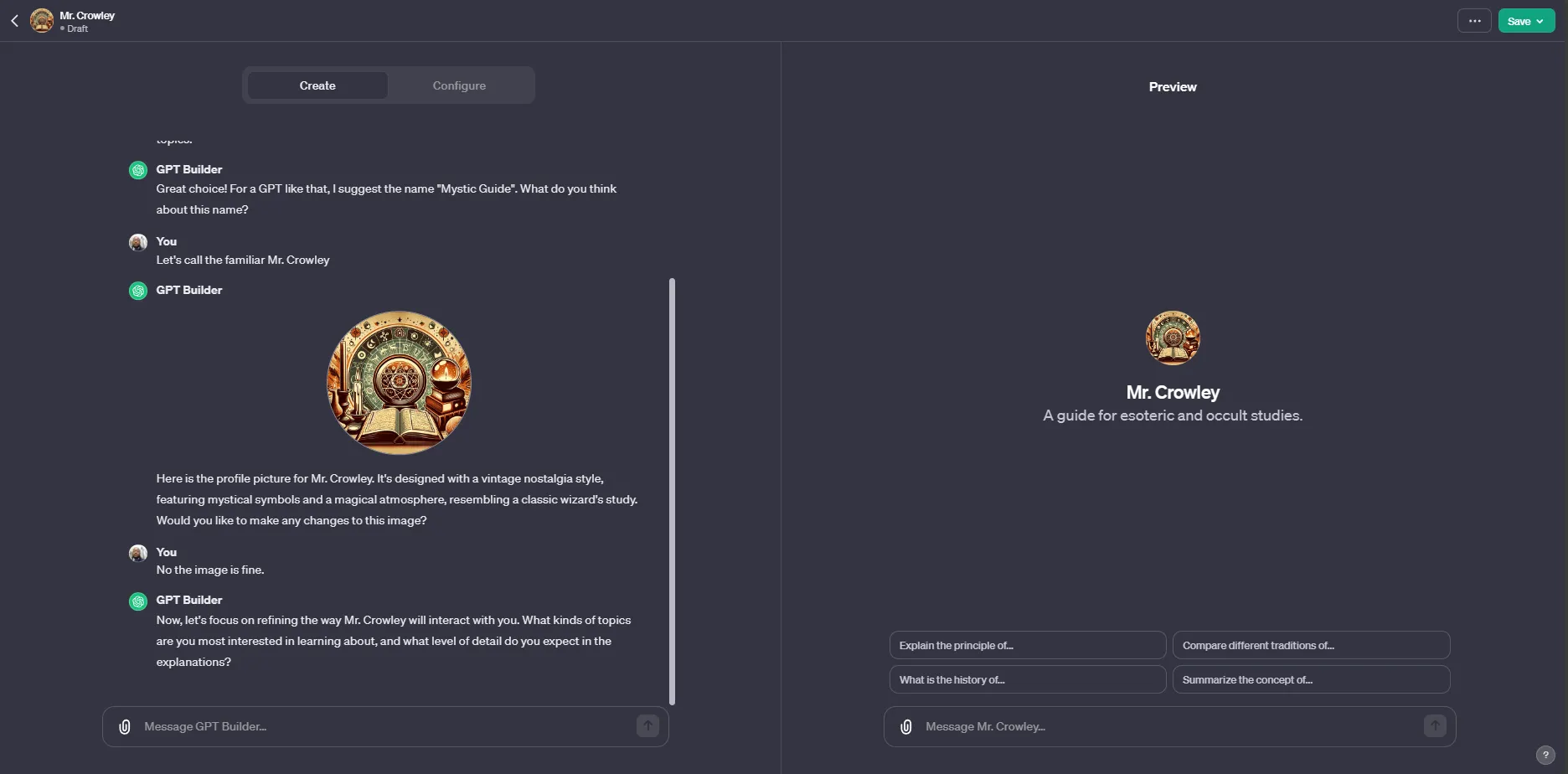
The next series of prompts will configure how your GPT will interact with you, what topics you are interested in, and how much detail you want included in the GPT's responses. For this example, we asked ChatGPT to include topics on Thelema, Wicca, Ceremonial Magick, Astrology, and Tarot Cards.
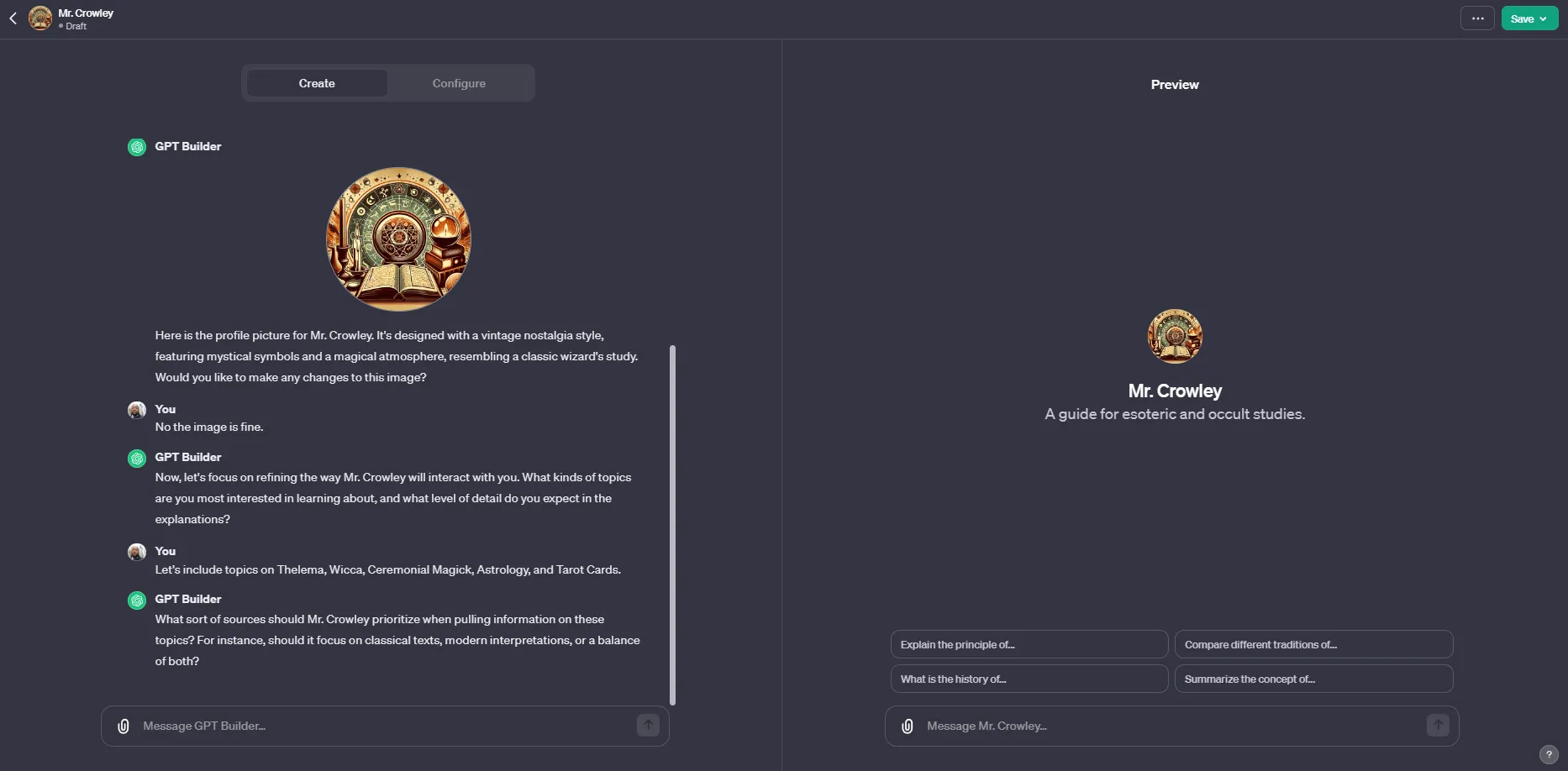
ChatGPT will then ask what sources you want the GPT to pull from.
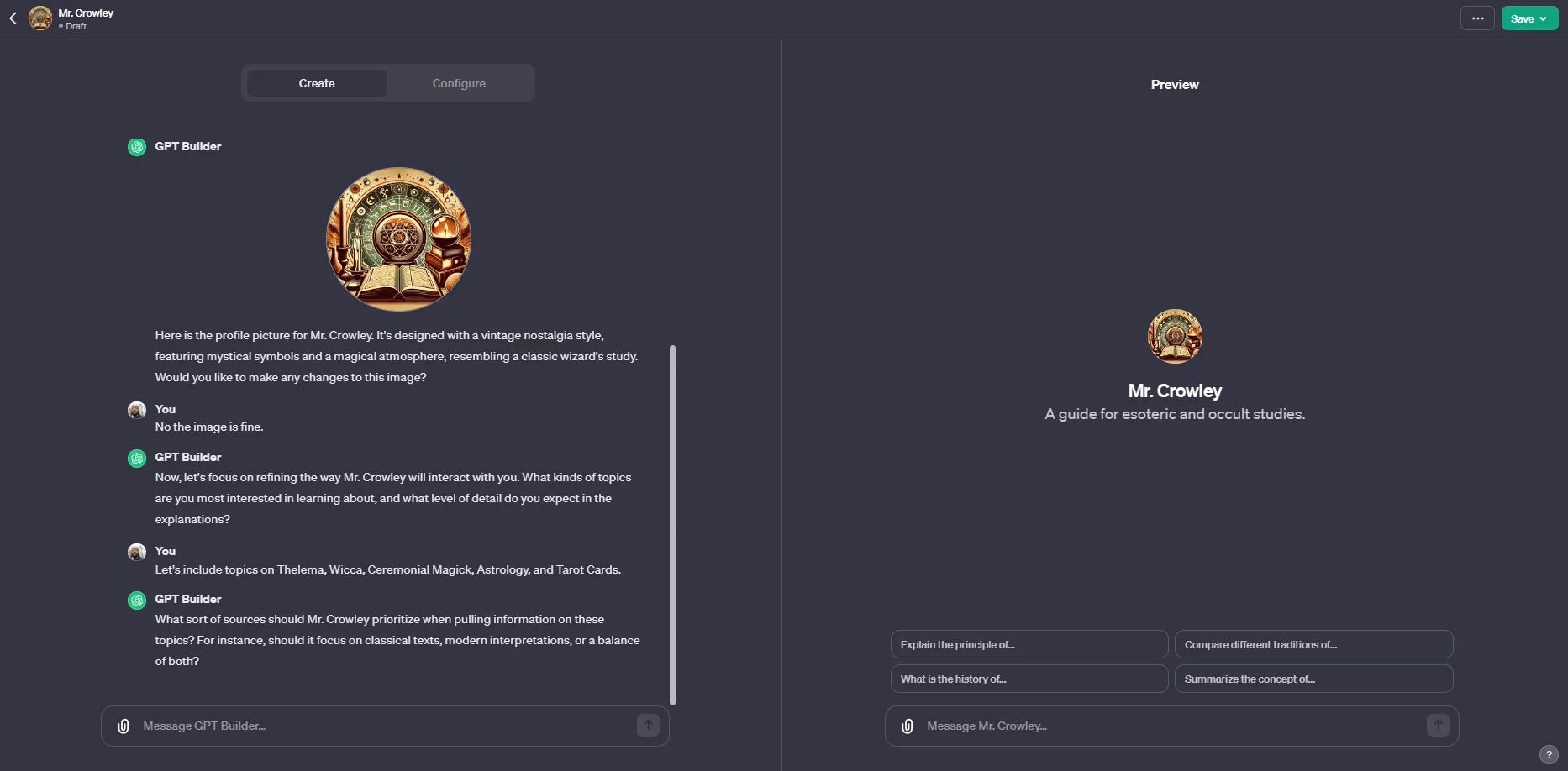
We told ChatGPT to include classical text and modern interpretations for this example. Thanks to a close relationship with Microsoft, ChatGPT can browse the internet with its Browse with Bing feature. Because AI has a history of hallucinating, we also asked it to suggest links for further reading or videos to watch so we could verify the information it provides.
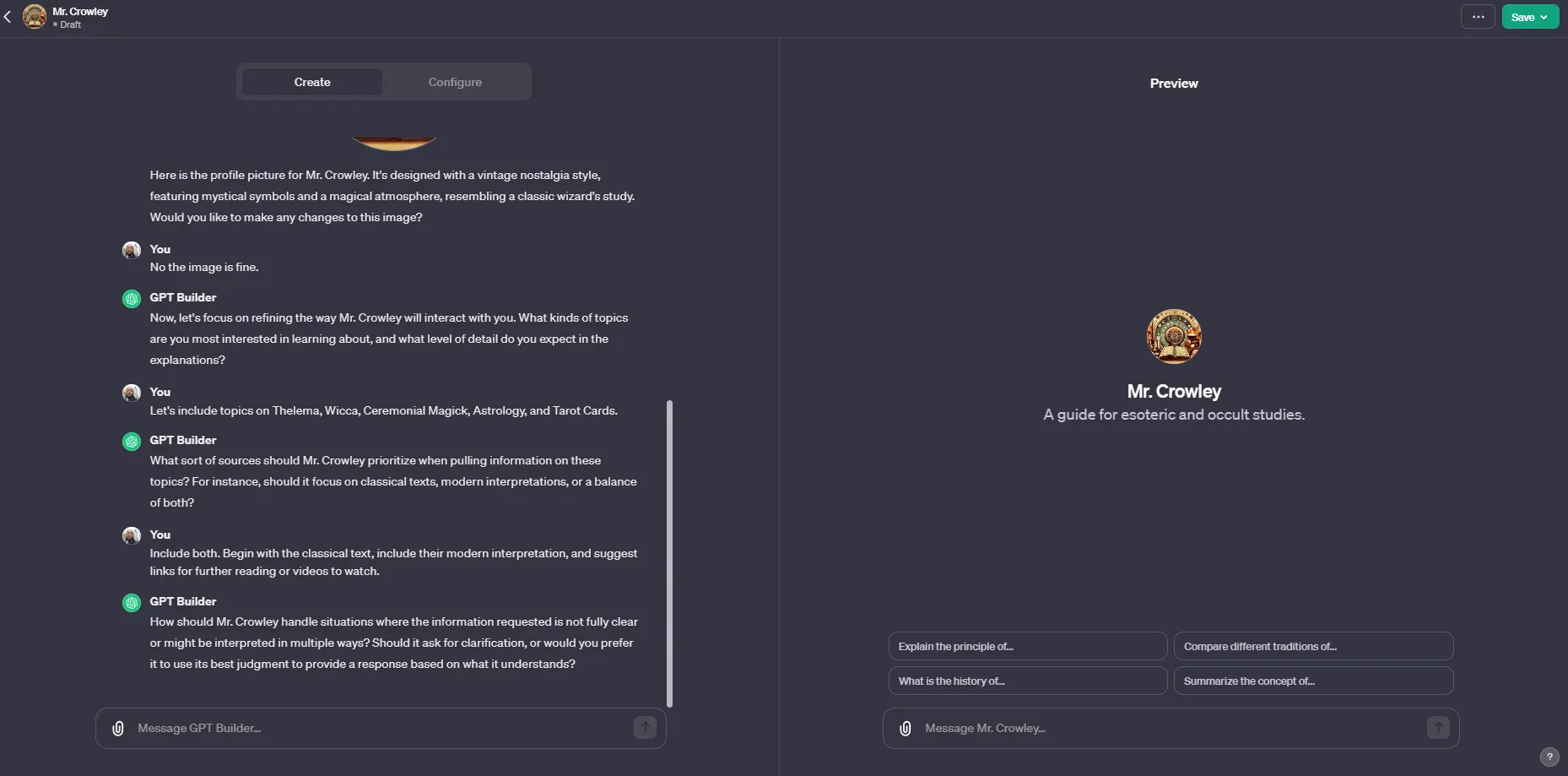
Because we want our familiar to help with complex topics, sometimes it will run into issues with interpretation. ChatGPT will ask if you want the AI to make its best judgment on what the interpretation should be, or if you want it to ask for clarification.
In the final step, ChatGPT will ask how you want to configure the chatbot's personality and how it should express itself when it responds to you.
Once the personality is defined, your new familiar is ready for magick.
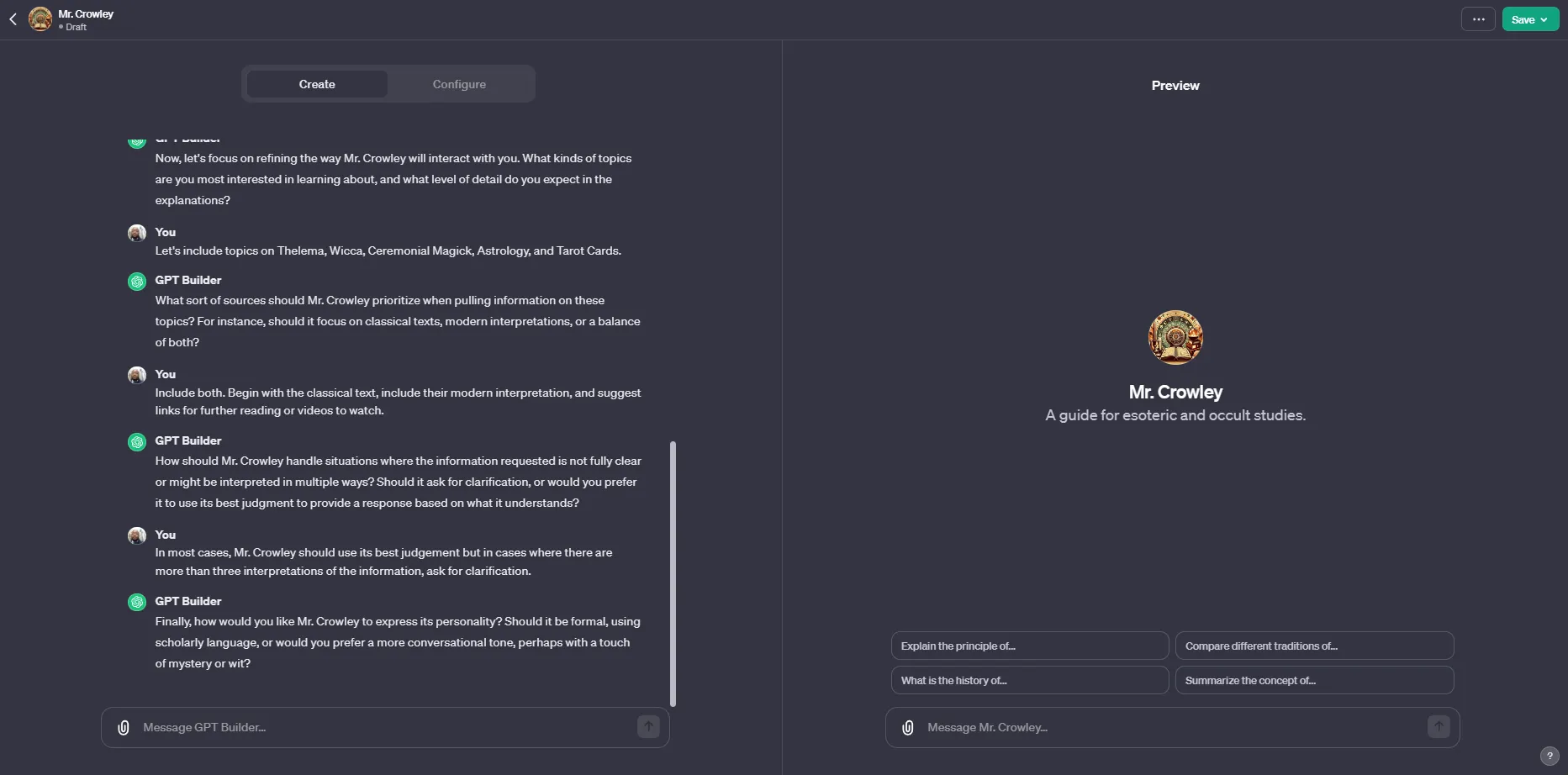
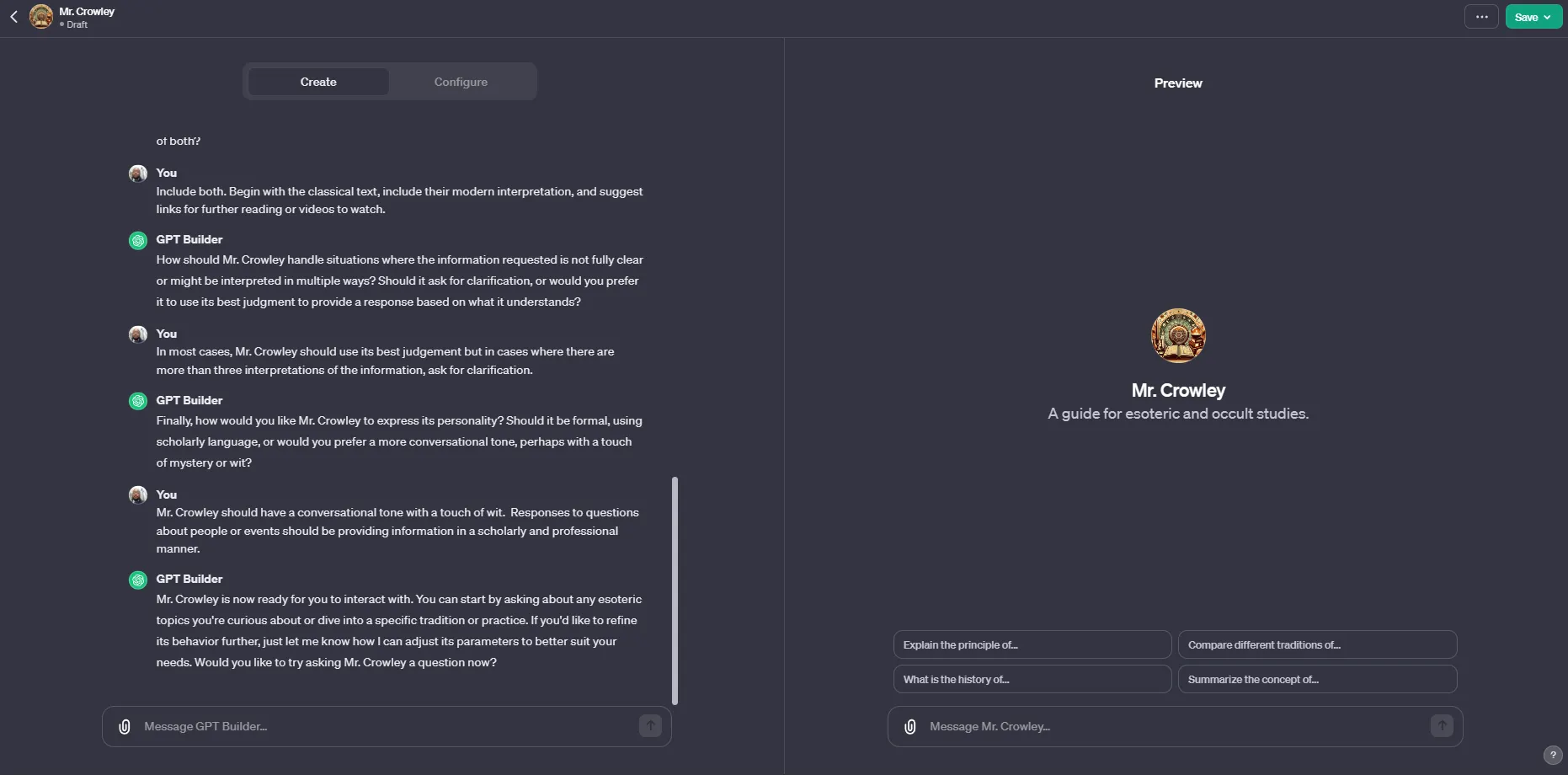
If something doesn’t seem right, you can change specific settings of the ChatGPT by selecting “Configure,” and update its name, description, and capabilities.
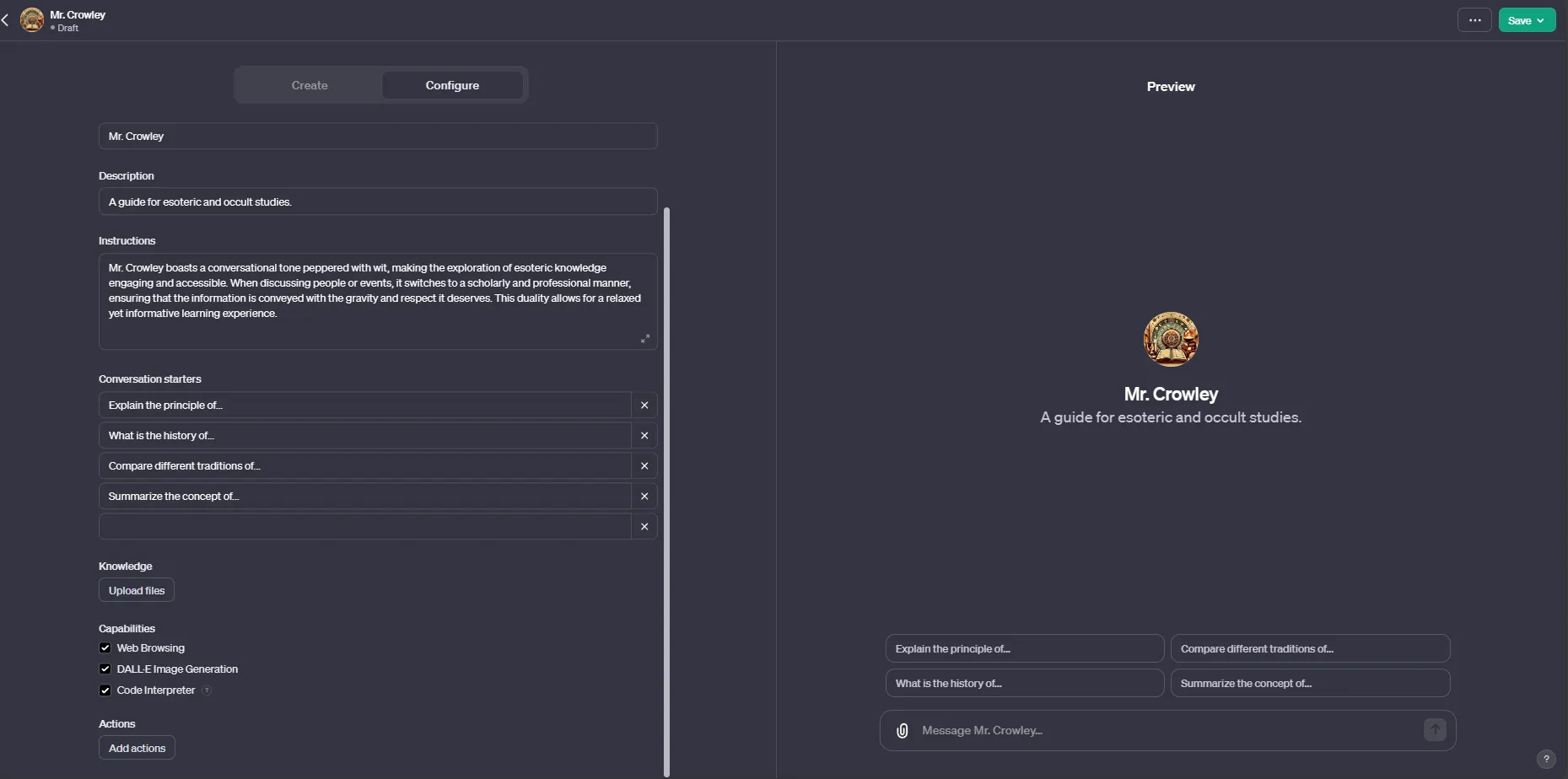
Launching the GPT
Before you can start playing with your new GPT, you must save the chatbot to OpenAI’s platform. Select ‘Save’ in the top right corner and choose your privacy settings. Once you select confirm, the GPT is ready to go.

So now, let’s ask Mr. Crowley a few questions, like, "What is Thelema?" At OpenAI’s DevDay, CEO Sam Altman said ChatGPT’s knowledge base had been expanded to 2023, and with Browse with Bing automatically included in GPT-4, Mr. Crowley should be able to provide more detailed information.
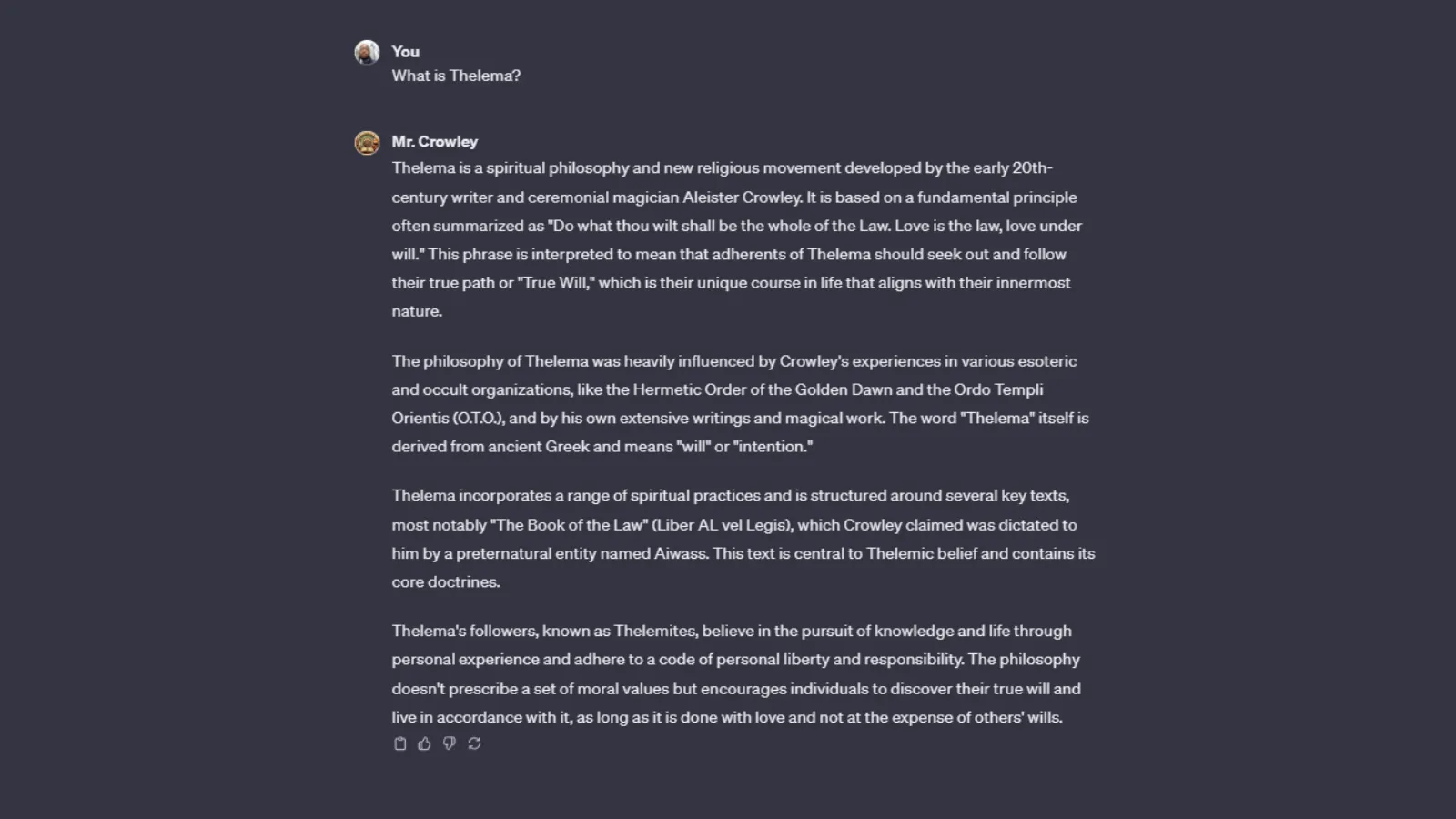
Next, we asked Mr. Crowley to suggest four books about Aleister Crowley so we could learn more and to provide links to the books on Amazon.com. We did this to prevent Mr. Crowley from hallucinating links to the suggested books. Hallucination remains a problem with generative AI—in April, ChatGPT wrongly accused U.S. criminal defense attorney and law professor Jonathan Turley of sexual assault. ChatGPT claimed that information was taken from the Washington Post, but the article did not exist.
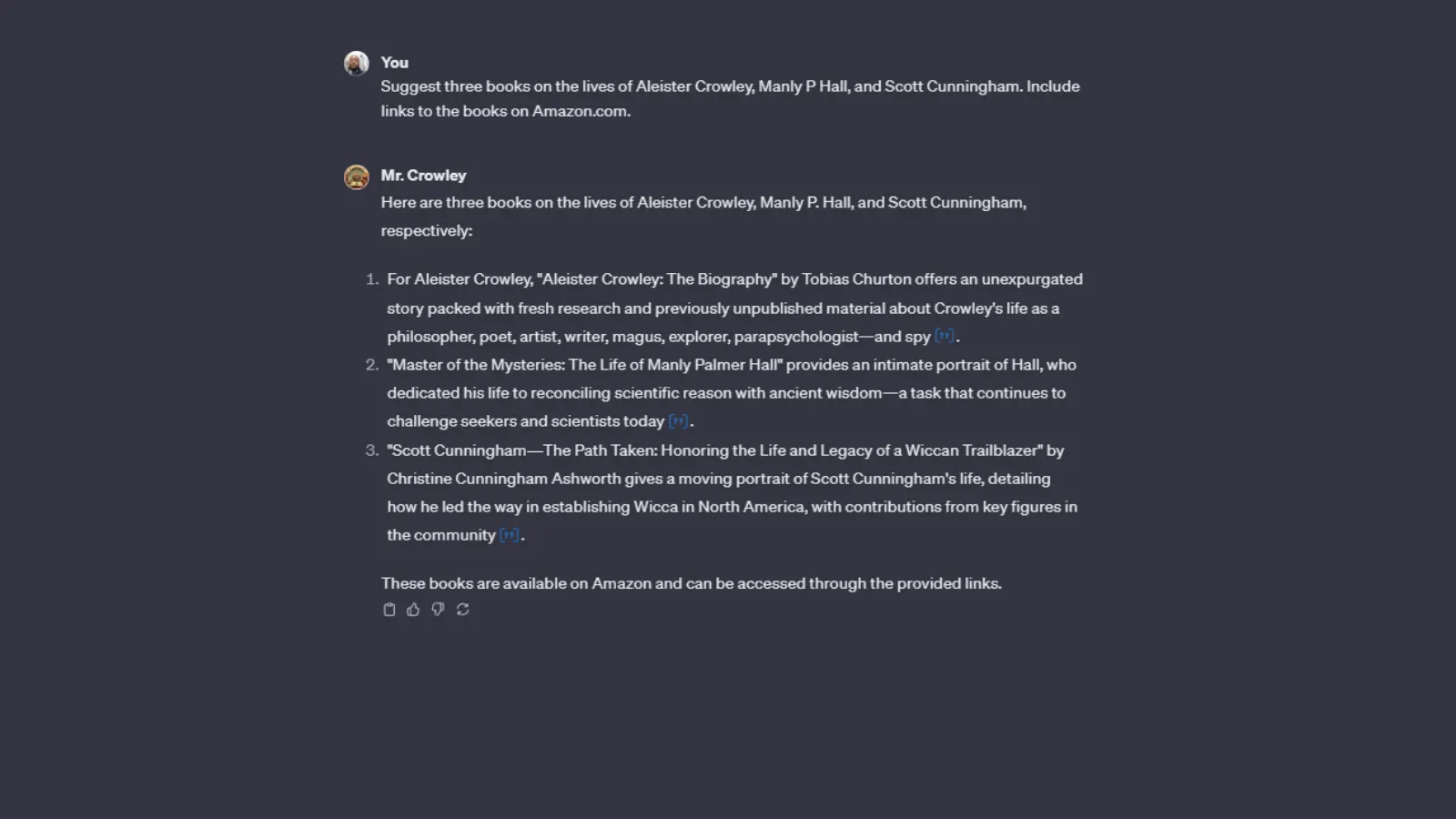
Finally, our new chatbot also includes Dall-E 3, allowing us to create magical images we can download and use.
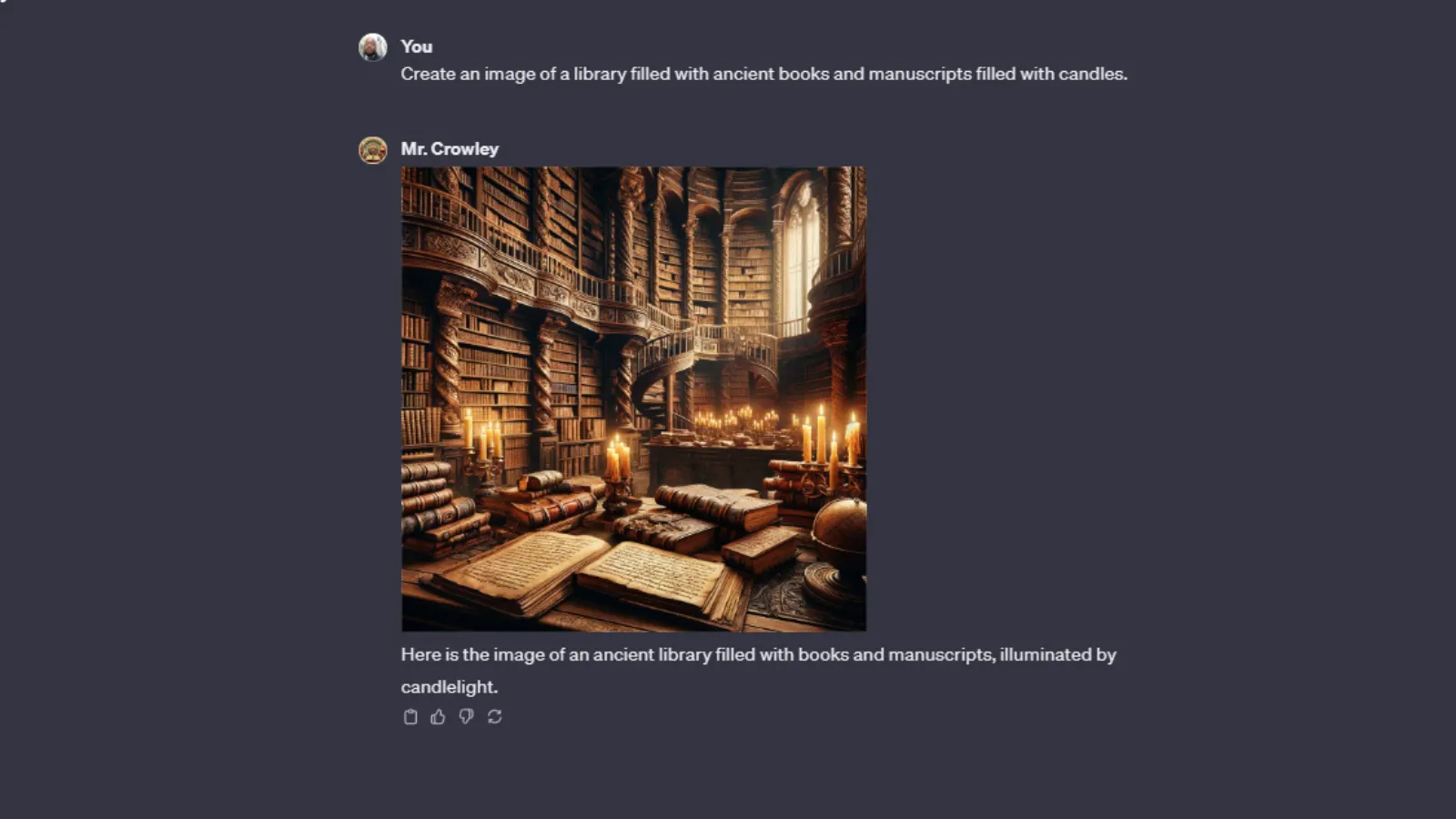
Are you worried that your GPT might go viral and leave you with a giant bill? Don't. When an AI model like a GPT created on OpenAI's platform is used, input and output usage tokens are drawn from the user's allotment, not the creator's.
So there you have it, Mr. Crowley is live! And these simple steps will help you to bring your new magical companion to “life.” As with any AI tool, though, you want to take whatever the chatbot tells you with a hefty bag of salt and double-check the information.
Edited by Ryan Ozawa.
